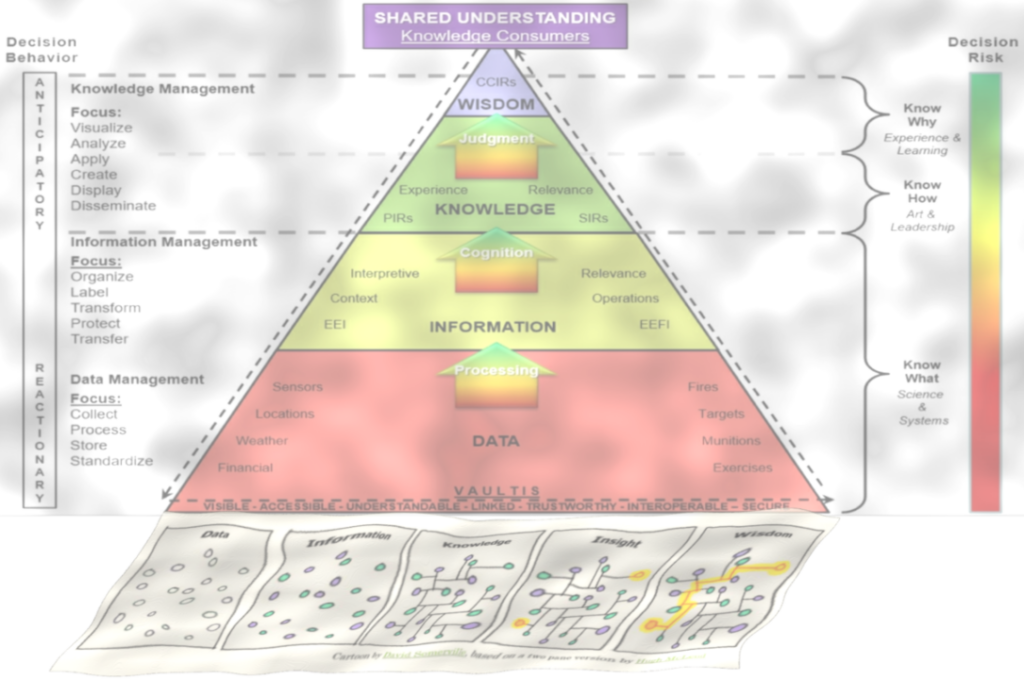Healthy rituals are an essential part of highly effective people. For example, how to “get more things done” as a result of transforming Processes into Rituals, Tony Schwartz tells in less than 5 minutes in his over-decade-old video. The most fundamental one he mentions is sleep.
How can he be so confident in his habits? Probably from experience, he knows why he applies it in daily life. –Wisdom!
More than 5 years later (Knowledge) from him :
“The problems we’re facing often seem as intractable as they do complex. But as Albert Einstein famously observed, ‘We cannot solve our problems with the same level of thinking that created them.’ So what does it take to increase the complexity of our thinking? To cultivate a more nuanced, spacious perspective, start by challenging your convictions…”
Ask yourself, “What am I not seeing here?” and “What else might be true?” …Pay attention to how you’re feeling (when asking yourself the question).
To solve a complex problem, how do you usually increase the complexity of your thinking? Probably work with collected data, organize, read, clarify, transform… -Information!
This sounds similar to what James Clear says in his “Atomic Habits” book:
“You do not rise to the level of your goals. You fall to the level of your systems.”

Let’s take DIKW model (data-information-knowledge-wisdom), and map it to forming habits – outlining process and insights that form the identity (blue and green accordingly on the visuals below).
The process is between data and knowledge (understanding relations and patterns), it refers to information. Insights are between knowledge and wisdom (understanding principles).

Now let’s do reverse mapping. Take the wisdom of individuals combined into the collective wisdom, downstream to accelerated research, and distill clarity from common knowledge. Ideally, would be good to shape it in form, applicable for making improvements of individuals, or even larger formations – leading to global transformations.

Why is a transformation so difficult to achieve?
Leaders can change processes,… but until they change people’s internal… they’ll struggle to make change stick.
There is a need to get rid of “invisible fears” and unlock behaviors, starting with ourselves. But look, there is a gap (those in red above), which can be bridged by combining visualization, analysis, and sharing.
That enables the next step of open learning for innovations and scaling wisdom, improving the world.
On our platform, we would be sharing knowledge from experts in healthy living and making holistic wisdom from it.

References:
Leave a Reply